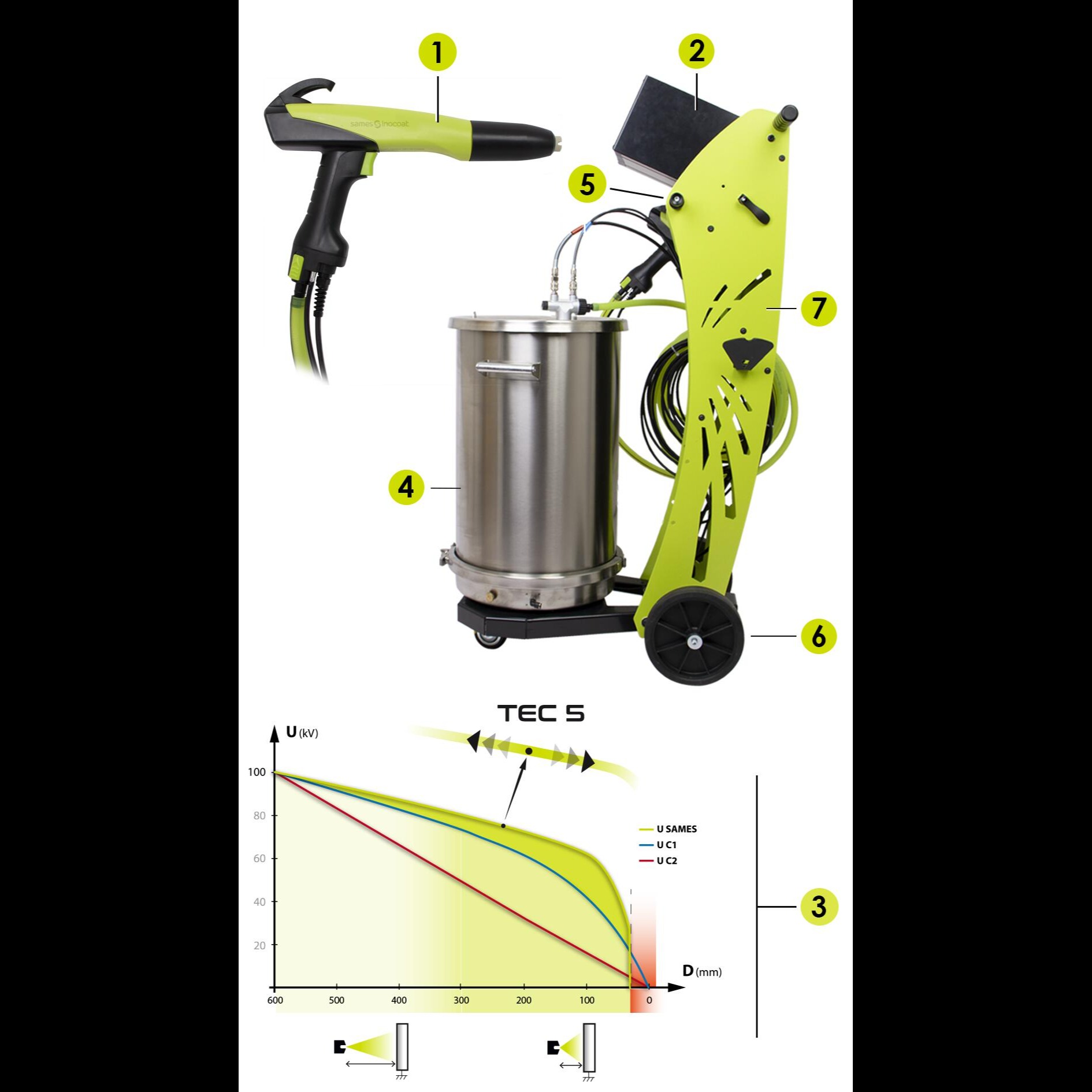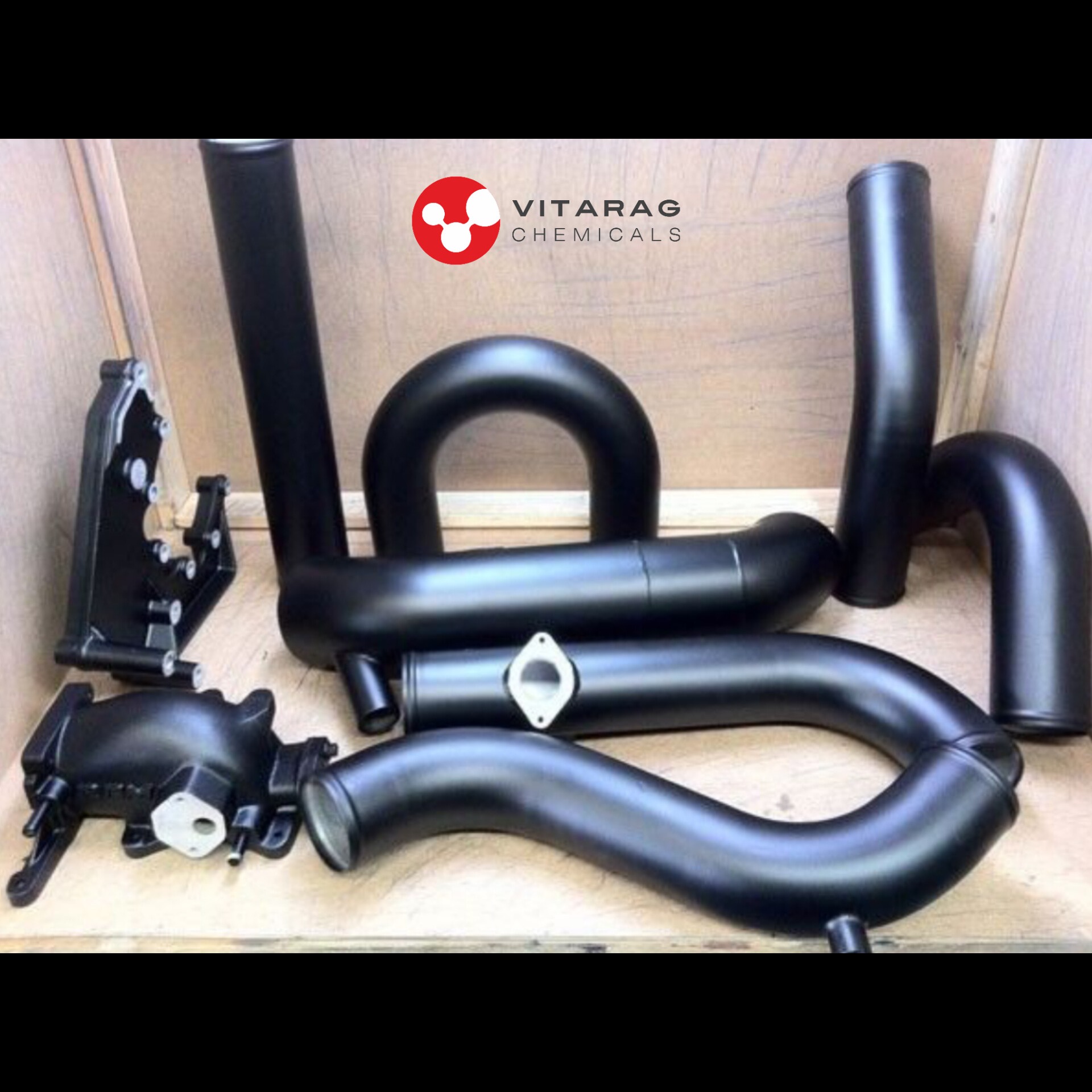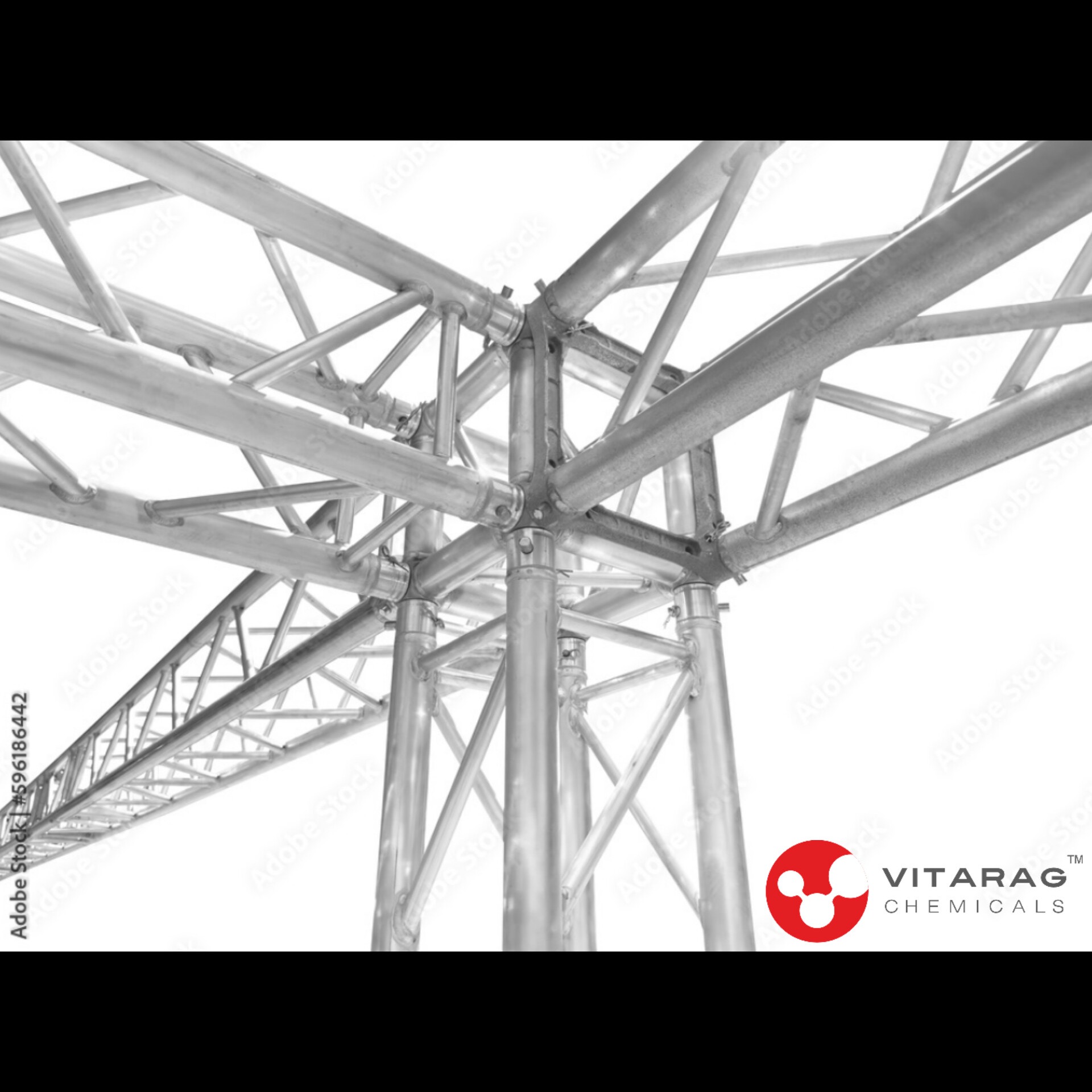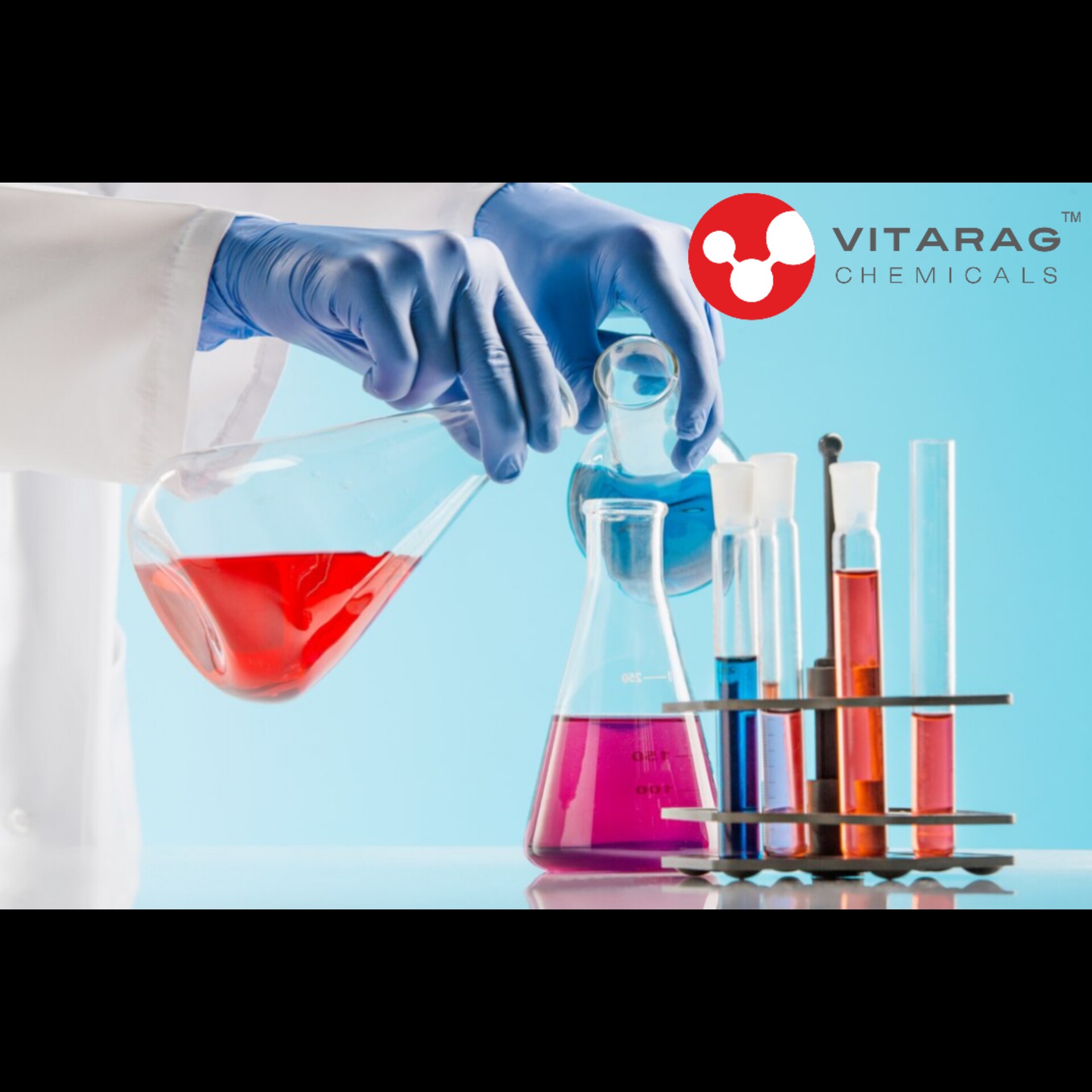
PASSIVATION
- Steps for Effective Passivation
1. Identify the Metal Type: Different metals and alloys may require specific passivation treatments.
2. Select the Appropriate Method: Choose between nitric acid, citric acid, or other specialized treatments based on the application and regulatory requirements.
3. Conduct Pre-Cleaning: Thoroughly clean the metal surface to remove all contaminants.
4. Apply Passivation Treatment: Follow the specific protocol for the chosen passivation method.
5. Rinse and Dry: Rinse the metal with deionized water and dry it completely to finalize the passivation process.
6. Inspect and Test: Conduct inspections and tests, such as the water immersion test or copper sulfate test, to ensure the passivation layer is effective.
Passivation is a crucial process in many industries, ensuring the longevity and performance of metal components by protecting them from the damaging effects of corrosion.
Keywords
Dry
Apply
tests
Steps
Rinse
alloys
Conduct
Inspect
corrosion
longevity
Metal Type
citric acid
application
performance
nitric acid
contaminants
metal surface
crucial process
many industries
deionized water
damaging effects
Different metals
metal components
specific protocol
passivation layer
passivation method
Appropriate Method
passivation process
copper sulfate test
water immersion test
Effective Passivation
regulatory requirements
other specialized treatments
specific passivation treatments




